Russia suddenly finds itself on the defensive against a Ukrainian breakthrough
It is too early to know if the capture of the southern village of Robotyne is a false dawn for Kyiv or potentially a pivotal moment in this war, but it is a hugely timely development.
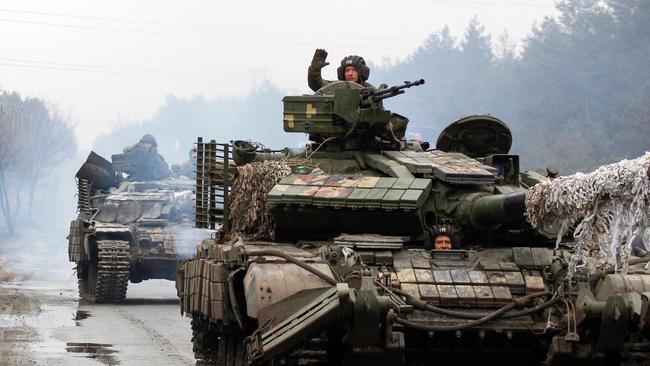
It has been a gruelling metre-by-metre struggle on battlefields that at times have looked more like the muddy and blood-soaked fields of Flanders in 1918 than a modern war, but last month Ukraine finally had a win.
For the first time since its forces launched its counteroffensive in June, Ukrainian troops have busted through Russia’s first layer of minefields, tank traps and trenches on a key part of its southern front.
The news has captured attention in Kyiv and Washington – and no doubt in Vladimir Putin’s Kremlin – raising hopes that a breakthrough is imminent in what has been a grim stalemate on the 1000km frontline.
The capture of the southern village of Robotyne is “tactically significant” because it could allow Ukraine to break free from the densest Russia minefields and progress towards its key goal of reaching the Sea of Azov and severing Russia’s land bridge with Crimea, according to Washington think tank the Institute for the Study of War.
It is too early to know if this is a false dawn for Ukraine or potentially a pivotal moment in this war, but it is a timely development because it comes amid growing friction about the tactics and progress of Ukraine in the 18-month conflict. For the first time there is a divergence between Washington and Kyiv on the way the counteroffensive against Russian forces is being waged.
The tensions reflect frustration that the almost three-month counteroffensive has not secured the territorial advances Ukraine and its Western allies expected. “Bloody, long and slow” is how Joint Chiefs of Staff chairman General Mark Milley describes the progress, which he says is “slower than the planners had thought”.
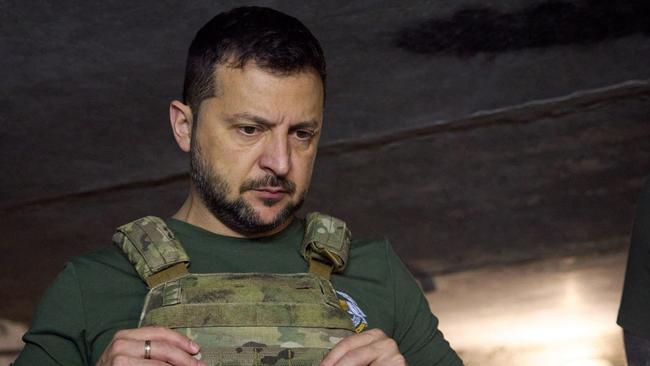
Even so, Milley says Ukrainian forces are making steady progress of between 400m and 1000m a day against Russian forces and that while it is too early to say whether the counteroffensive has succeeded or failed, “clearly it’s had partial success”.
So how did Milley and Ukraine’s planners misjudge the likely progress of Ukraine’s counteroffensive when it was launched in early June, and what are the prospects of ultimate success?
The first mistake, according to Ukrainian President Volodymyr Zelensky, was that Ukraine did not attack Russian lines before June, giving Moscow plenty of time to construct elaborate defences.
“We did have plans to start it in spring. But we didn’t because, frankly, we had not enough munitions and armaments and not enough brigades properly trained in these weapons,” Zelensky says.
“This provided Russia with time to mine all our lands and build several lines of defence and, definitely, they had even more time than they needed. Because of that, they built more of those lines. And, really, they had a lot of mines in our fields.”
Retired general David Petraeus, the former head of coalition forces in Iraq, says unlike the US troops in Iraq, Ukraine has had to mount its counteroffensive with no air supremacy.
“Ukraine has none of the advantages the United States had in those operations,” he co-wrote with American Enterprise Institute senior fellow Frederick W. Kagan in The Washington Post last month.
“Ukrainian aircraft cannot operate over Russian lines and cannot prevent Russian aircraft and helicopters from hitting their own advancing troops.”

The most critical obstacle for the Ukrainians, however, has been the elaborate defences constructed by the Russians – vast lines of dragon-teeth antitank barricades, a spaghetti-line network of deep interconnected trenches and the most dense minefields seen since World War II.
Ukraine claims in parts of the frontline there can be as many as five mines per square metre. What this means is that Ukrainian tanks and troops have had to crawl forward with painstaking precision to remove or avoid mines, making them vulnerable targets for Russian strikes. It has all but removed Ukraine’s ability to slice quickly through the Russian frontline.
“The Russians have also fought much better than the Iraqis did and better than many analysts expected given Russia’s unimpressive performance until then in the war,” Petraeus says.
“Russian forces have prepared extensive defences in depth, consisting of wide deep belts of skilfully laid mines, antitank ditches and other obstacles. Soldiers equipped with drones are directing substantial artillery fire against any Ukrainian units that try to get through. All of these factors make the Ukrainian counteroffensive exceedingly hard.”
“We do not assess that the conflict is in a stalemate,” US national security adviser Jake Sullivan said last month. “We are seeing (Ukraine) continue to take territory on a methodical, systematic basis.”
But the White House privately expected that by now Ukrainian forces would have breached more than just the handful of kilometres they have gained, unevenly, along parts of the 1000km front. This has led to tensions between Washington and Kyiv, with US officials briefing US media in recent weeks about their misgivings over Ukraine’s war strategy.
So far Ukraine has spread its forces relatively evenly along the east and the south of its long frontline. In the east Ukraine is pushing to retake the destroyed village of Bakhmut and break into the surrounding Donbas region. To the south, its forces are seeking to break the Russian frontline and move towards the cities of Melitopol and Berdiansk in an effort eventually to sever the Russian-occupied land corridor between Russia and Crimea.
But US officials, frustrated by the small gains along this broad front, are urging Ukrainian commanders to direct overwhelming resources into a single push in the south to try to sever the land corridor with Crimea. US officials say Ukraine is employing Soviet-era tactics in spreading manpower so evenly across the frontline and are puzzled as to why so much effort has been put into retaking Bakhmut rather than focusing on a breakthrough in the south. This message reportedly was relayed directly to Ukraine’s most senior military commander, General Valeriy Zaluzhnyi, by Milley and his British counterpart Admiral Sir Tony Radakin in a video meeting on August 10.
But Zelensky has been angered by the criticism, saying moving troops from the east to the south would make the eastern front vulnerable. “We will not give up Kharkiv, Donbas, Pavlohrad or Dnipro and that’s that,” he says.
Institute of the Study of War chairman and retired US general Jack Keane says the Americans should stop meddling in Ukraine’s strategy.
“American officers appear to have unrealistic expectations of what a single counteroffensive operation can achieve,” he says. “The US should be focused on helping Ukraine fight the war the way it wants to fight, not chirping from the sidelines.”
But while this debate has continued, Ukrainian forces in the south have finally broken through the first layer of Russian defences by taking the village of Robotyne.
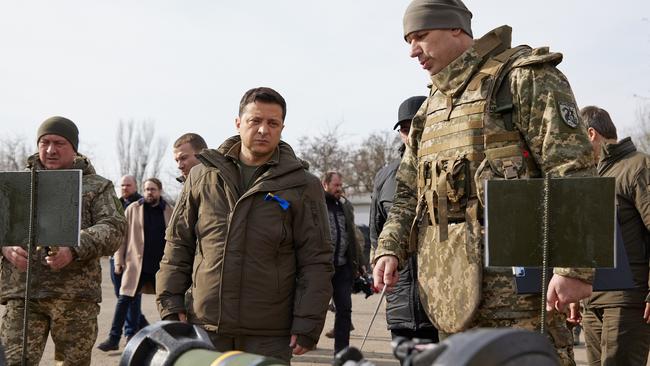
This means Ukrainian troops now can push south towards the town of Tokmak, which is a key point on the way to Melitopol, the biggest Russian-occupied city in the Zaporizhzhia region. The taking of Melitopol would mean Ukraine was on the verge of pushing to the Sea of Azov and cutting Russia’s land corridor – a critical aim of the overall counteroffensive.
There is still a lot of fighting to go before that is achieved and few experts believe Ukraine will reach the Sea of Azov this year. Having taken Robotyne, Ukrainian forces have passed the first line of Russia’s defence but will quickly encounter the second and third lines.
The great unknown is how well the Russians have fortified their second and third-line defences compared with their heavily fortified first-line defences.
Keane says it will be tough for Ukraine to continue to break through. “(The Russians) have been fortifying Melitopol and the next town to the north, Tokmak, for a year,” he says. “This shortest road to the sea is also the best prepared part of the Russian defences in the theatre.”
The Institute for the Study of War says the second-line Russian defences will be weaker than the first-line defences but they will still pose a significant challenge.
Given the slow progress on the frontline, Zelensky is broadening Ukraine’s assault on Russia through drone attacks deep into Russian territory and on Russian supply lines. Ukrainian drone attacks on Moscow have become routine and are an effective way to remind ordinary Russians the war is not going well and they are not immune from the conflict.
Suspected Ukrainian drones recently destroyed a Russian bomber at an air base south of St Petersburg and struck a railway station in western Russia. Ukraine also has been striking targets in Russian-occupied Crimea including on naval bases and on the Crimean bridge.
Russia, meanwhile, has stepped up its seemingly random missile attacks on Ukrainian cities including a recent strike on Chernihiv near Belarus that killed seven.
Experts say Putin is doing everything possible to bog down the Ukrainian offensive until the wet season late next month and then the northern winter. This continues to buy him time in the hope that the West, and in particular the US, will tire of providing such vast financial and military support that has helped sustain Ukraine’s military. So far the US has provided almost $US44bn ($68bn) to supply Ukraine a raft of military assistance including tanks, short-range missile systems, air defence systems, artillery and ammunition.
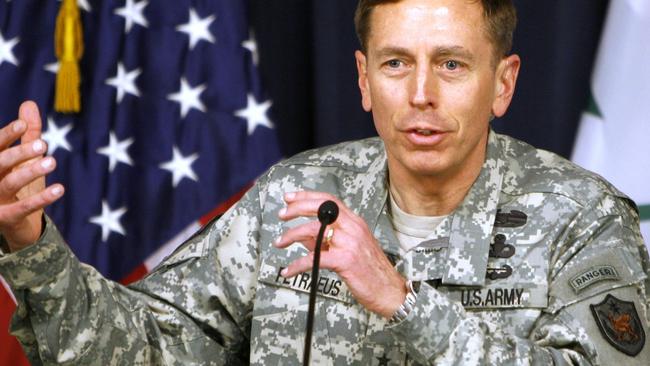
But support for Ukraine is waning among US conservatives, and some Republican presidential candidates openly are pledging to end US military aid for Ukraine if elected. The Biden administration, despite approving packages of increasingly offensive military weaponry, has baulked at sending Ukraine long-range missiles known as ATACMS, which could hit deep behind Russian lines.
And while the US recently has approved plans by Denmark, The Netherlands and Norway to donate more than 70 F-16 fighter jets to Ukraine, the time it takes to train Ukrainian pilots means the first jets are unlikely to fly for almost a year, making them irrelevant to this counteroffensive.
Petraeus says the US should have provided Ukraine with ATACMS by now and F-16s should have been provided earlier. He says the Biden administration must show “a greater sense of urgency” in backing Ukraine.
But the retired general remains an optimist about Ukraine’s offensive and says too many Western observers are “wringing their hands” prematurely about the campaign not yielding quick gains.
“Observers would be wise to temper their pessimism,” Petraeus says.
“War does not proceed in a linear fashion. Defenders can hold for a long time and then suddenly break, allowing the attacker to make rapid gains before the defence solidifies further to the rear. The Ukrainians aim to generate exactly this effect and there is reason to think they can.
“To put it simply, Ukraine is applying pressure on their opponent until something breaks, at which point they will commit their reserves and strike,” Petraeus says.
“Ukraine’s offensive push is far from over … this will be a long war.”



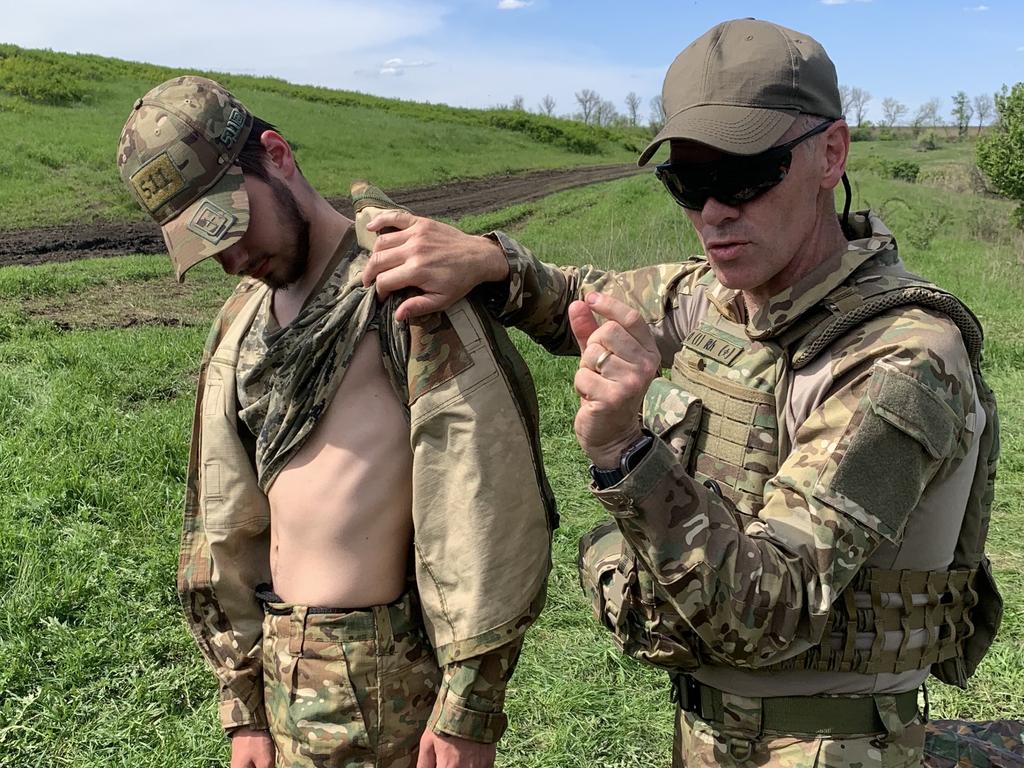
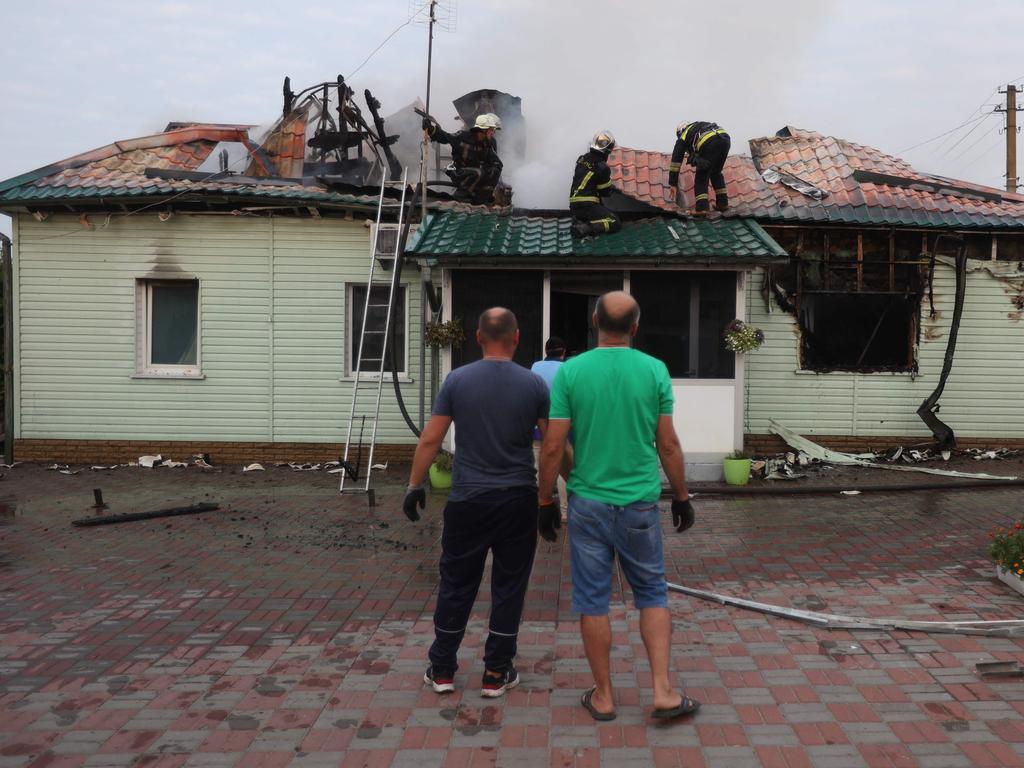



To join the conversation, please log in. Don't have an account? Register
Join the conversation, you are commenting as Logout